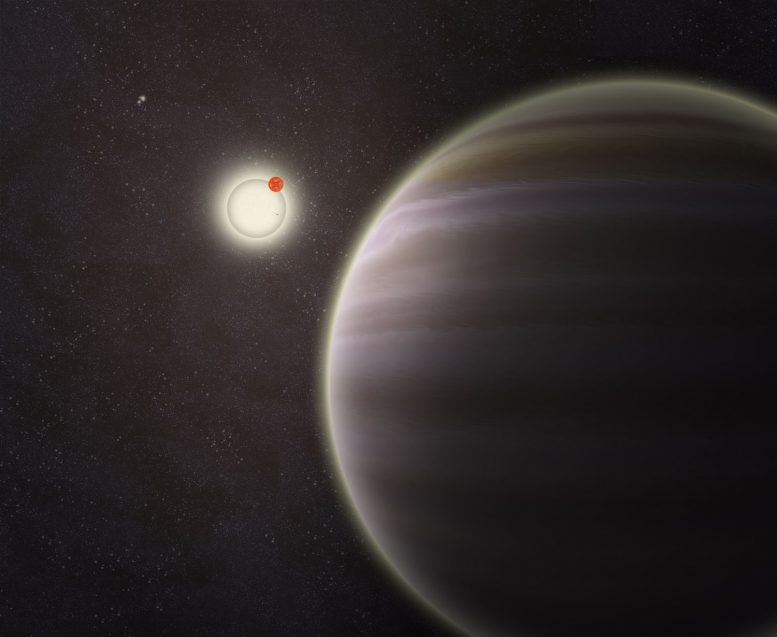
An artist’s illustration of PH1, a planet discovered by volunteers from the Planet Hunters citizen science project. PH1, shown in the foreground, is the first reported case of a planet orbiting a double-star that, in turn, is orbited by a second distant pair of stars. The phenomenon is called a circumbinary planet in a four-star system. A bit larger than Neptune and thought to be a gas giant, PH1 orbits its host stars every 137 days. Beyond the planet’s orbit approximately 900 times the distance between the sun and Earth, a second pair of stars orbits the planetary system. Credit: Haven Giguere/Yale
A team of international astronomers, aided by volunteer scientists using the Planethunters.org website, discovered a circumbinary planet in a four-star system, called PH1.
The discovery of planets continues to expand beyond the domain of professional astronomers. A joint effort of amateur astronomers and scientists has led to the first reported case of a planet orbiting a double-star that, in turn, is orbited by a second distant pair of stars.
Aided by volunteer citizen scientists using the Planethunters.org website, a Yale-led international team of astronomers identified and confirmed discovery of the phenomenon, called a circumbinary planet in a four-star system. Only six planets are known to orbit two stars but none of these are orbited by a distant binary.
Coined PH1, the planet was identified by the citizen scientists participating in Planets Hunters, a Yale-led program that enlists the public to review astronomical data from NASA’s Kepler spacecraft for signs of planets transits distant stars.
“I celebrate this discovery as a milestone for the Planet Hunters team: discovering their first exoplanet lurking in the Kepler data. I celebrate this discovery for the wow-factor of a planet in a four-star system,” said Natalie Batalha, Kepler scientist at NASA Ames Research Center, Moffett Field, California. “Most importantly, I celebrate this discovery as the fruit of exemplary human cooperation—cooperation between scientists and citizens who give of themselves for the love of stars, knowledge, and exploration.”
A bit larger than Neptune and thought to be a gas giant, PH1 orbits its host stars every 137 days. Beyond the planet’s orbit approximately 900 times the distance between the sun and Earth, a second pair of stars orbits the planetary system.
The research paper submitted to the Astrophysical Journal is scheduled to be presented today at the annual meeting of the Division of Planetary Sciences of the American Astronomical Society in Reno.
Reference: “Planet Hunters: A Transiting Circumbinary Planet in a Quadruple Star System” by Megan E. Schwamb, Jerome A. Orosz, Joshua A. Carter, William F. Welsh, Debra A. Fischer, Guillermo Torres, Andrew W. Howard, Justin R. Crepp, William C. Keel, Chris J. Lintott, Nathan A. Kaib, Dirk Terrell, Robert Gagliano, Kian J. Jek, Michael Parrish, Arfon M. Smith, Stuart Lynn, Robert J. Simpson, Matthew J. Giguere and Kevin Schawinski, 23 April 2013, Astrophysical Journal.
DOI: 10.1088/0004-637X/768/2/127

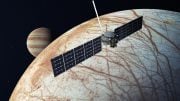



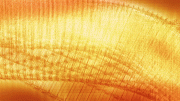

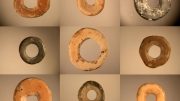
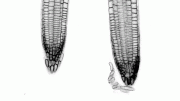
Be the first to comment on "Volunteer Scientists Aid in Discovery of Four-Star Planet PH1"